Genealogy is like a time machine – it takes us back to long-lost days and allows us to uncover the stories of our ancestors. My journey began in my teenage years, during dreary winter Sundays spent in my parents’ basement. Amid old documents, dusty boxes, and family heirlooms, I stumbled upon treasures that laid the foundation for my genealogical research. What started as a pastime quickly grew into a passion that has accompanied me to this day.
In this article, I’ll walk you through the stages of my research – from my initial small discoveries to the digital revolution of recent years, and the many challenges genealogy brings. I’ll also delve deep into the branches of my family – Reifschneider, Krämer, Schulmeyer, and Schwappacher – and hope that this article not only helps other genealogists in their search but also inspires you to continue exploring your own family history.
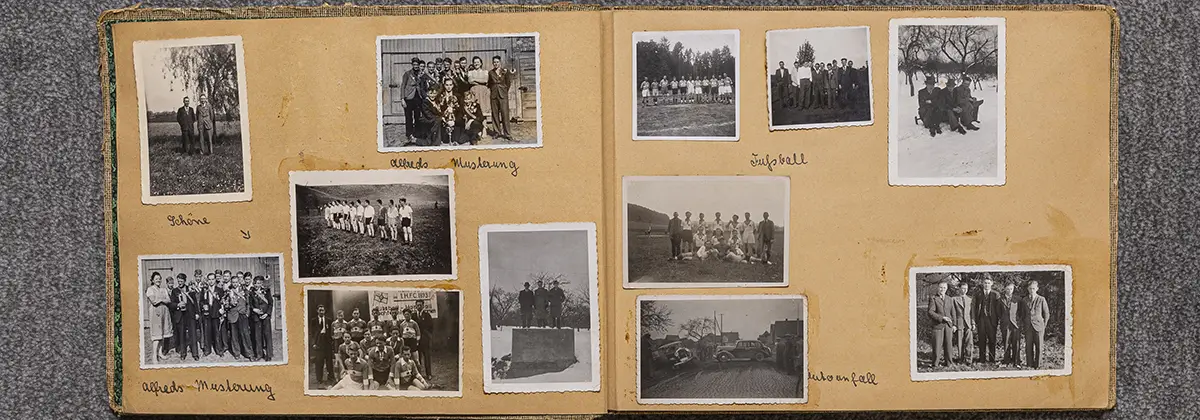
A Basement Full of Memories: The Beginnings of My Genealogy Journey
My fascination with genealogy started by chance. As a teenager, seeking something interesting on gloomy winter days, I came across several old boxes in our basement. Curiously, I opened them and discovered a treasure trove: letters, documents, family photos, and, to my initial disappointment, loads of cookbooks and handwritten recipes from my grandmother. But hidden within this colorful collection, I also found documents that led me deeper into my family’s past.
With this initial information, I began constructing a family tree that quickly expanded. Driven by my curiosity, I spoke with my parents and grandparents, asked countless questions, and collected data over generations. Before long, I had a family tree with over 100 relatives, extending back to my great-grandparents' generation. But of course, that was just the beginning.
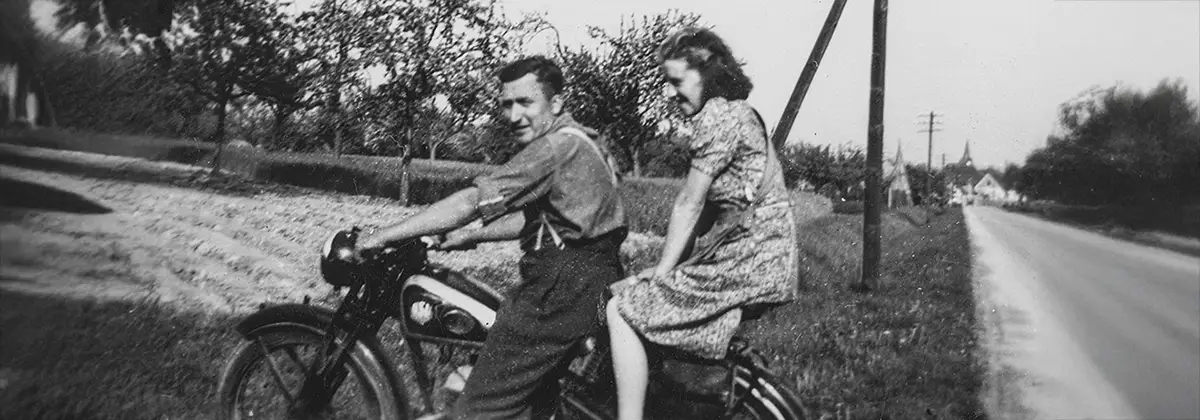
The First Major Step: The Reifschneider Family from Wetterau and Vogelsberg
One of the first branches I explored in-depth was that of my paternal grandparents – the Reifschneider Family from the Wetterau and Vogelsberg regions. As the name suggests, many of my ancestors in this branch were simple laborers, farmhands, helpers, or farmers. One exception was my grandfather, who worked as a paving master, a significant craft in the region. I gathered much of the information about this branch through conversations with relatives, who shared their memories of days gone by.
In this part of my family, hard work was highly valued. While there were no famous names or significant personalities, the stories of these individuals fascinate me – people whose hard work laid the foundation for the family I know today.
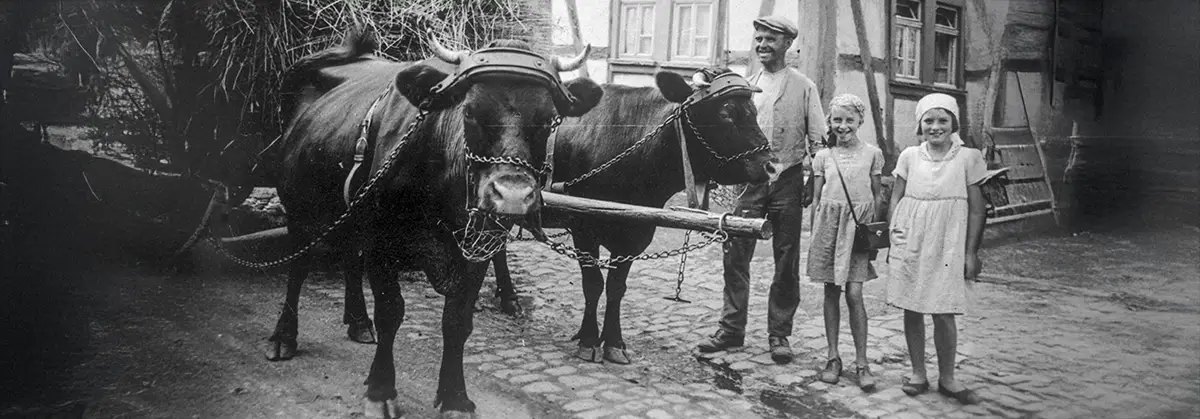
Krämer, Crämer, Cramer – The Largest Branch
The Krämer Family (spelled variously as Crämer or Cramer) forms the largest and perhaps the most complex branch of my family tree. My maternal grandmother belonged to this line, and their roots can also be traced back to the Wetterau and Vogelsberg regions.
Researching this branch was particularly exciting due to the many family stories and legends. One such legend claims that some ancestors in this line were Huguenots who came to Germany from France. I haven’t yet found concrete evidence for this theory, but it continues to pique my curiosity and drives me to dig deeper.
One of the biggest challenges with this branch was the variety of name spellings. In old documents, I encountered various versions like Crämer or Cramer, making the identification and verification of data more difficult. But thanks to digital resources and a keen eye, I was able to successfully identify many relatives from this line.
Professionally, this branch was similar, with laborers, farmhands, and farmers being predominant.
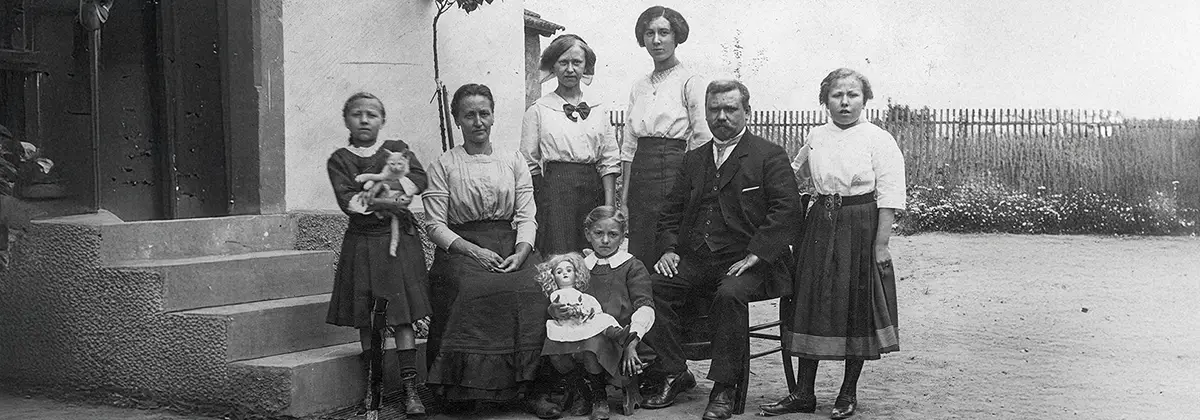
Schulmeyer and Schwappacher: Trades and Stories from Mörfelden
The third significant branch of my family is that of the Schulmeyer family from Mörfelden. This name, with its many variations like Schulmaier, Schulmeier, or Schulmaÿer (yes, even a Y with diaeresis), is quite common in Hessen, making genealogy research more difficult. But with patience and a bit of luck, I was able to gather a lot of interesting information about this branch.
Here, too, I found many relatives working simple jobs, including carpenters, artisans, and even the first woman in my family to have a career – a board secretary. With advancing technology, there were also assembly workers, for example, those employed by Opel or Siemens.
One particularly exciting story is that of my great-great-grandfather Carl Grottenberger, who moved from Kitzingen to Mörfelden as a senior secretary of the German Imperial Railway. He wrote the first village chronicle and was one of the few intellectuals among my ancestors. However, little is known about his ancestors, adding another intriguing branch to my research.
More about this chronicle, which was published by the Mörfelden-Walldorf Local Heritage Association, can also be found in this German article from the Frankfurter Neue Presse: A Remarkable Unique Piece. The second original copy with leather binding, as described in the article, is in our family’s possession.
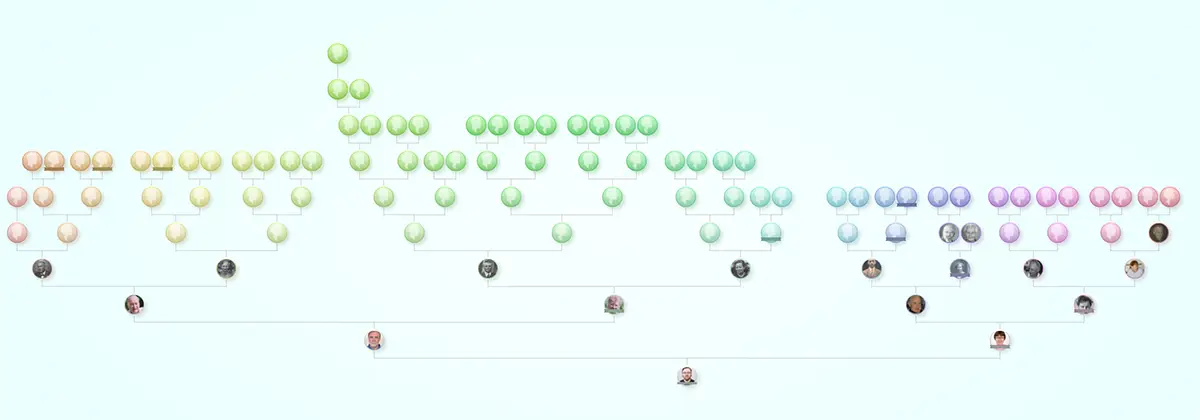
The Digital Revolution: From Ahnenblatt to MacStammbaum
During my early years of genealogy research, I worked mostly with hand-drawn family trees and simple programs like Ahnenblatt, a free software for Windows. But over time, and with the advancement of technology, I decided to switch to modern tools. Today, I use MacStammbaum and MobileFamilyTree, which allow me to access and edit my data anywhere. These programs are especially useful during family gatherings when I have my iPad or Macbook handy to add new information directly to the tree.
One of the greatest benefits of this software is the ability to integrate a photo gallery. Over the years, I have digitized all our old family photos, so I now have images of almost all relatives up to the great-grandparent generation saved in my family tree. This not only makes genealogy more informative but also more vivid.
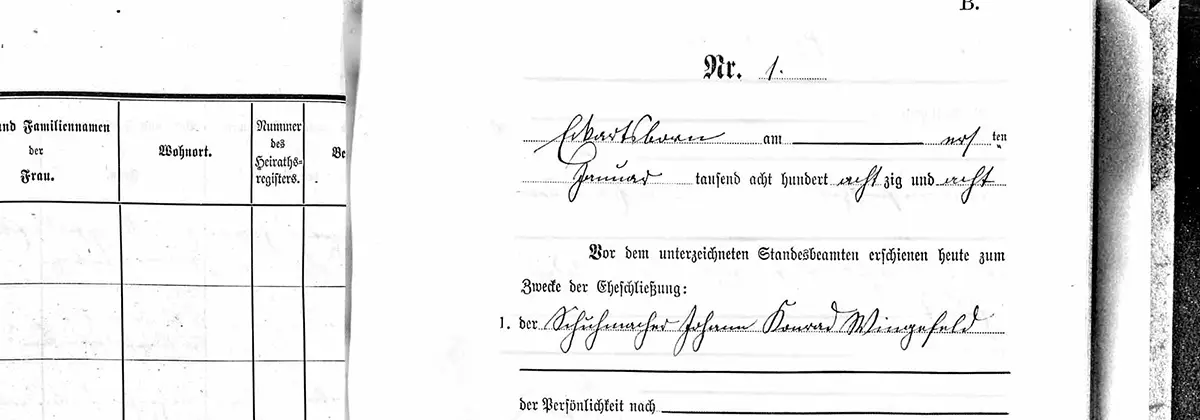
The Pandemic & AI as a Catalyst: Online Databases and Archive Discoveries
In recent years, particularly during the pandemic and lockdown, I had the opportunity to advance my research. Thanks to platforms like ancestry.com and the increasing availability of digital archives, especially civil registers in Hessen, I was able to uncover much new information about my ancestors. The digital civil registry records, containing birth, marriage, and death certificates, proved particularly useful. These documents often provide a wealth of details, such as the parents' occupations or exact birthplaces, which helped me expand and verify my family tree. For the period from 1800 to 1940, I discovered many additional relatives in this way.
Moreover, artificial intelligence has entered my genealogy journey. Thanks to modern AI models, I was able to decipher and translate WWII documents from Russia. Sütterlin still presents some challenges, but by rewriting certain parts, I could decipher more texts. I even dedicated a separate blog post to this: Tracing Ancestry with Artificial Intelligence.
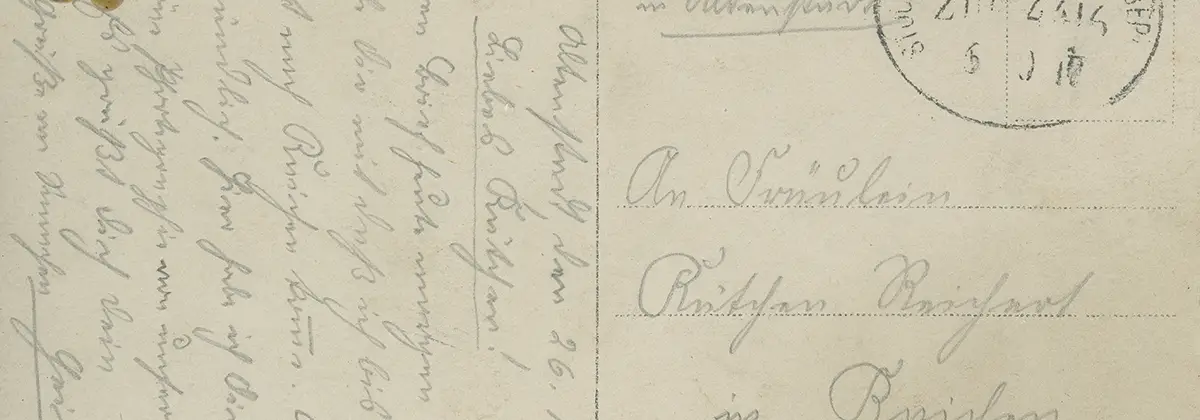
Challenges: Old Scripts and Fragmented Memories
Despite all the modern tools, genealogy remains challenging. Old scripts, especially Sütterlin, are often hard to decipher, and church records sometimes include Latin entries, which further complicates readability. Additionally, fragmented memories from older relatives, though valuable, often lack precise documentation. Younger generations are typically less interested in their ancestry, making research a bit more difficult.
It’s worth mentioning the diligence of most civil servants, who maintained a high standard of penmanship. I was able to decipher most of the civil registry entries with relative ease.

Conclusion: Genealogy as an Endless Journey
After many years of research, I now have a family tree with over 300 people, tracing back to 1695. While I’ve discovered many details about the Reifschneider, Krämer, Schulmeyer, and Schwappacher families, the journey is far from over. Each new discovery brings more questions, and my tree continues to grow, branch by branch.
Genealogy is more than just collecting names and dates – it’s about uncovering the stories that make us who we are and attempting to understand the past. For me, this journey is a labor of love, connecting me not only with my own history but also with the generations that will follow.
Are you interested in exploring your ancestors? Leave a comment or contact me directly – perhaps we share a common ancestor!
This article was created with the assistance of artificial intelligence (GPT-4o). All images are from my personal collection, either taken by myself or scanned, restored and archived. Curious how AI can create texts, images, and branding from your own ideas? Learn more at Neoground GmbH.







Noch keine Kommentare
Kommentar hinzufügen